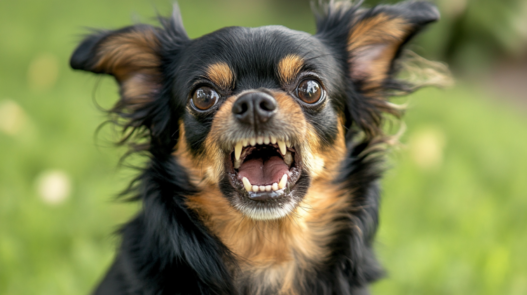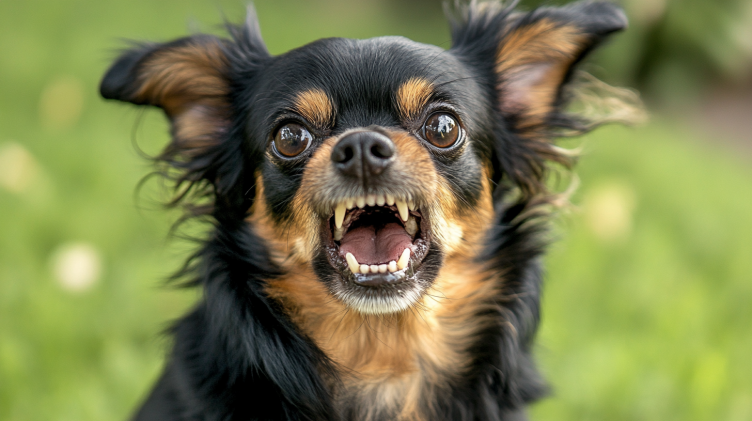Introduction: Understanding Aggressive Dog Behavior
When bringing a dog into your home, unexpected aggressive behavior can be a challenging issue. Effective training is essential to address and prevent aggression, ensuring a safe and harmonious environment for everyone. Understanding the types and causes of aggression is key to successful management.
Types of Aggression in Dogs
Aggressive behavior can manifest in several ways. Key types include:
- Dog-to-Dog Aggression
- Human-directed Aggression
- Resource Guarding
- Social Aggression
- Fear-based Aggression
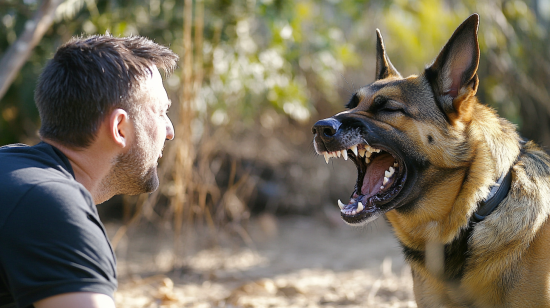
Causes of Aggressive Behavior in Dogs
The first step in effective dog aggression training is identifying the root cause of the aggression. Various factors such as past trauma, lack of socialization, or genetic predisposition can lead to aggressive behavior. Understanding these causes helps in addressing the aggression more effectively.
The Roots of Aggressive Behavior
Aggression is a natural survival mechanism for dogs, but some may have a more aggressive temperament due to their genetics. Certain breeds are often predisposed to more aggressive tendencies. However, with the right training and consistent effort, these dogs can be managed and trained effectively.
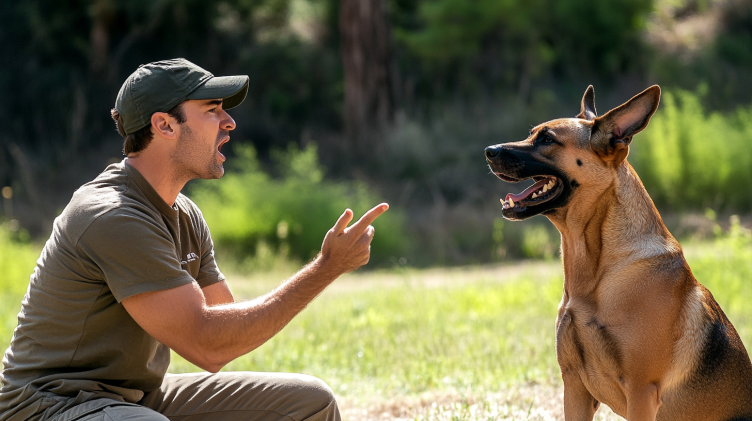
Fear-based Aggression
Many dogs display aggressive behavior due to fear. This type of aggression is often defensive, and early intervention can help alleviate anxiety and reduce fearful responses. Addressing fear-based aggression involves understanding the dog’s triggers and creating positive associations with new experiences.
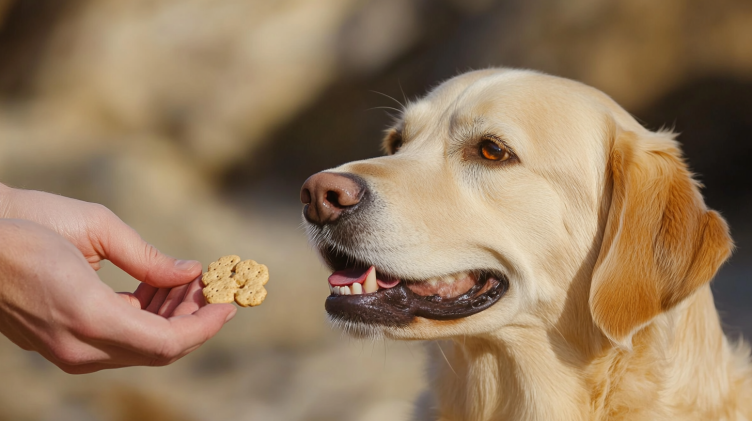
Preventing Dog-to-Dog Aggression
Preventing aggression between dogs, especially in multi-dog households, is crucial. Proper early socialization and training can help minimize these issues:
- Puppy Classes: Enroll your dog in a quality puppy class to develop social skills and prevent later aggression. Exposure to other dogs at a young age teaches bite inhibition and appropriate social behavior.
- Supervised Introductions: Ensure puppies interact with well-behaved adult dogs. Positive experiences during early interactions build confidence and social skills.
- Professional Guidance: If aggressive tendencies persist despite socialization, consider seeking professional help for more tailored intervention.
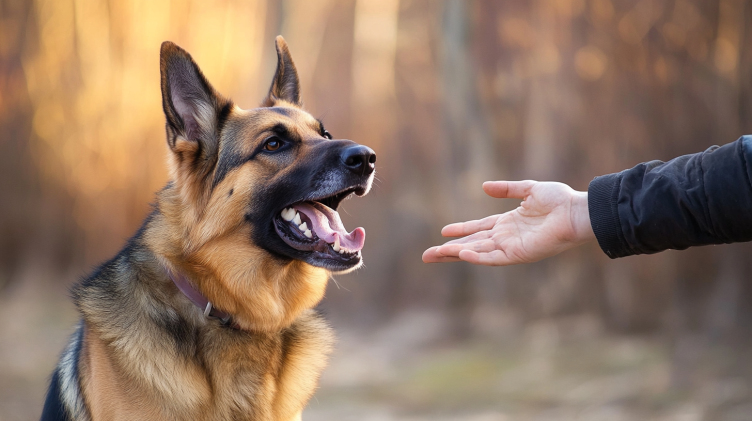
Preventing Human-directed Aggression
Aggression towards humans is a particularly concerning behavior. Whether directed at strangers or family members, it is important to address this issue early:
- Continuous Socialization: Expose your puppy to a variety of people in a controlled manner. The more positive interactions they have with different individuals, the less likely they are to develop aggression towards humans.
- Handling Exercises: Regularly practice gentle handling of your dog to ensure they become comfortable with being touched in various areas. Reward them with treats for calm behavior during these sessions.
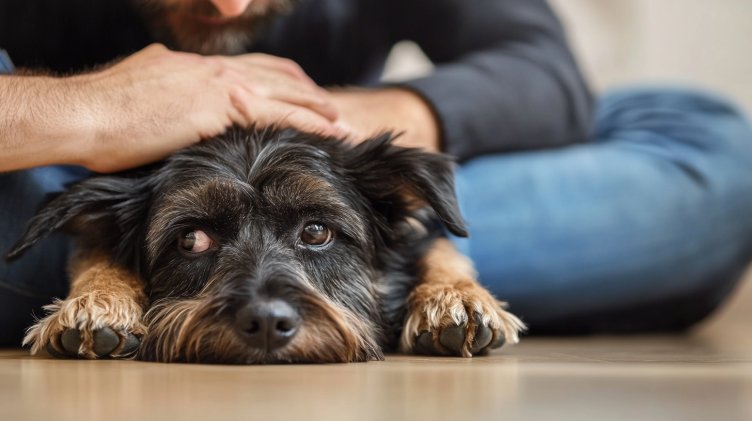
- Supervision: Always supervise interactions with young children and strangers. Teaching both your dog and children how to behave appropriately can prevent negative encounters.
Preventing Resource Guarding
Resource guarding occurs when dogs protect items they value, such as food, toys, or even people. Training techniques can help prevent this behavior:
- Teach “Drop It”: Train your dog to release objects on command by using treats. Rewarding them for letting go of an item reduces possessiveness and encourages positive behavior.
- Manage Mealtimes: Make feeding time a calm and positive experience. Gradually introduce yourself while they eat, allowing them to associate your presence with rewards and security.
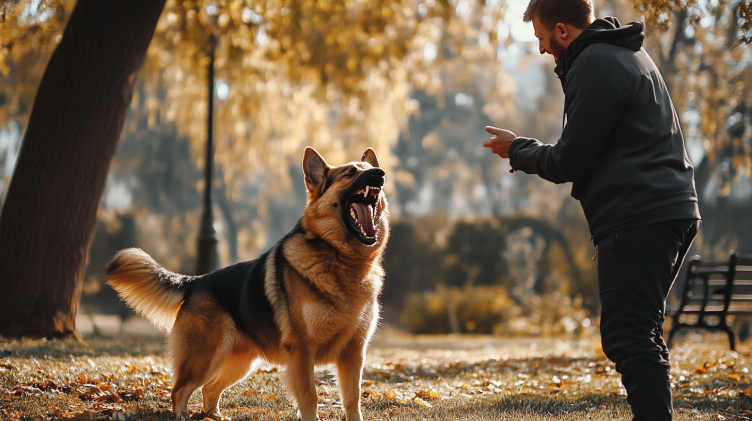
Preventing Social Aggression
Social aggression is often linked to dominance and hierarchy. By teaching your dog respect for others, you can prevent dominance-related aggressive behavior:
- Positive Reinforcement: Use rewards such as treats and attention to encourage respectful behavior. Consistency is key in reinforcing calm and cooperative behavior in social settings.
Preventing Fear-based Aggression
Fear can trigger aggressive responses in dogs, making early exposure to different environments and situations essential:
- Positive Associations: Create positive experiences during new exposures by using treats and praise. Gradually desensitize your dog to fearful situations, ensuring they feel safe and secure.
- Avoid Over-Comforting: It’s important not to overly comfort or coddle your dog when they are scared, as this can reinforce fear. Instead, focus on positive reinforcement for calm behavior.
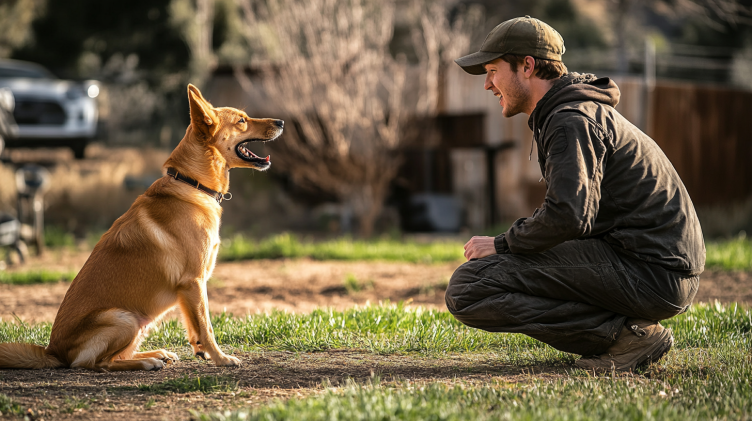
Final Thoughts on Dog Aggression Training
Effective dog aggression training is about addressing the root causes of aggression, whether fear, dominance, or lack of socialization. By incorporating early training, socialization, and positive reinforcement, you can prevent and manage aggressive behavior in dogs. Dogs with naturally aggressive tendencies can also be trained to control their behavior and coexist peacefully in a household.







